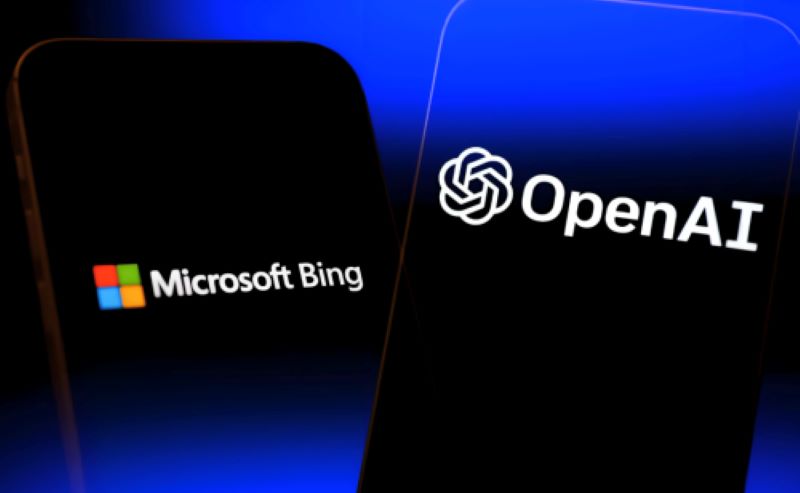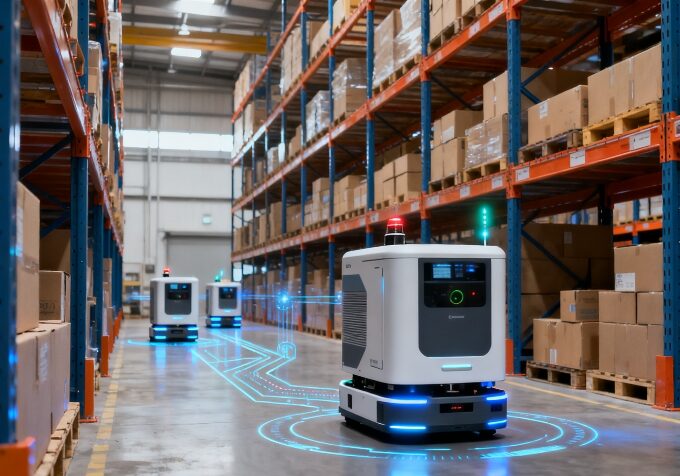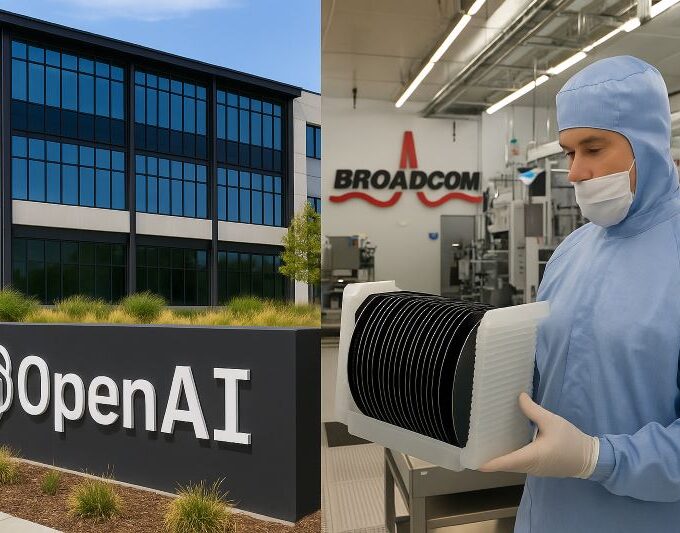The maturity of big models has changed the search habits of the new generation of young people from searching when they are in doubt to asking AI when they are in doubt. AI search is dazzling. Even in the United States, the traditional search giant Google is not having a good time. On one hand, Bing, which is supported by AI, is making a comeback, and on the other hand, OpenAI is coming in full force.
The Difference Between AI Search Engines and Traditional Search
In fact, by comparing various search engines, it is not difficult to find that search engines can usually only solve the dilemma of information acquisition, but after searching, users still need to select, integrate, and process them again, which is always one step away from the completion of landing. And this deficiency has ushered in the hope of breaking through in the AI era. Based on LLM+ search, in addition to the semi-finished search links, the big model will also optimize and summarize the links based on the questions themselves, give answers that meet the needs, and complete the final closed loop from search to creation.
For a long time, traditional search engines have only provided thousands of pieces of information and links for users to distinguish by themselves, and interspersed with advertisements, etc., which has a poor experience. AI search is positioned as a generative answer engine. It can not only realize functions such as photo search and voice question, but also quickly integrate and sort out all search information after accurately understanding the user’s intention, and directly give the user an accurate answer, which greatly improves the efficiency of users in obtaining information. AI saves search and also subverts search. Technological changes have brought countless new players to the long-calm search market.
AI Search Lowers the Threshold of Search
Now AI search can understand voice, photos and videos, analyze and understand various files, books, papers, recordings, and generate voice, pictures and videos. For a long time in the past, search was obviously a category with a very high threshold for use in all Internet scenarios. Users not only need to accurately describe their own questions in words, but also need to pay attention to finding them among thousands of return links, and distinguish between high-quality and low-quality, and between advertising and ordinary content creation.
Open the homepage of AI search, and it is not difficult to find that compared with traditional search, AI search not only supports multi-modal input and output such as text, audio, and video, but also supports one-click search such as taking photos, and in terms of content presentation, it supports multiple voice and video styles of answer interpretation, which truly achieves that no matter what kind of requirements and questions are raised, they can get answers directly without routines.
Using traditional search engines, users often need to flip through the first few pages of content given by the search engine to truly grasp the core information, and the cost of content reading and judgment is high. But the big model can go a step further. In AI search, after searching, AI accurately judges the user’s intention, and then allows the big model to intelligently read various search content analysis and judge its content quality. For a long time, search has been only a part of our long workflow. Take writing as an example. After searching, users still have to create by themselves, but in AI search, the starting point of the search can be directly connected to the end point of the complete result output.
On the basis of writing, AI search can also carry out more diverse creations. For example, according to user needs, different styles of rewriting, polishing, and processing such as workplace, press releases, and oral scripts are carried out to complete the closed loop from questioning to results.
At the same time, along with the multimodal input, there is also multimodal output. In AI search, everything can be video. We can not only throw photos, PPT, work reports, and texts to AI, but AI can also automatically create scripts, titles, and video formats of different styles according to our needs, making professional video production truly low-threshold and inclusive. So far, from questioning to retrieval, from learning to creation, under the blessing of big models, search engines have officially upgraded from tools to complete full-link services.
AI Search is Suitable for User-paid Business Model
When all big model players and search giants have set their sights on AI search, a bigger question has appeared in front of everyone. There is no doubt that AI search will replace traditional search engines, and the industry will usher in a long period of shock and transformation in the future, but is AI search a complete business model?
Compared with traditional search, AI search answers are more accurate and vertical, which is the basis of all changes. However, the cost of streamlining and efficiency is that the overall content volume of AI search is greatly reduced compared to traditional search engines that often return half-screen ads and dozens of pages of results. For customers, this means more vertical and accurate delivery, which is very helpful for customers to get results. For the most innovative players, large models compress knowledge and also compress the space for commercialization. However, if AI search gains long-term user stickiness and actually finds a scenario that can be implemented, it is very likely to force traditional Internet companies to transform and change their original advertising model.
It is worth noting that unlike traditional Internet services and products, which have low costs and can cover costs with advertising revenue, AI applications have no marginal effect in commercialization. The better the product effect, the higher the subsequent cost. It may be more suitable for survival in a business model based on user payment.












